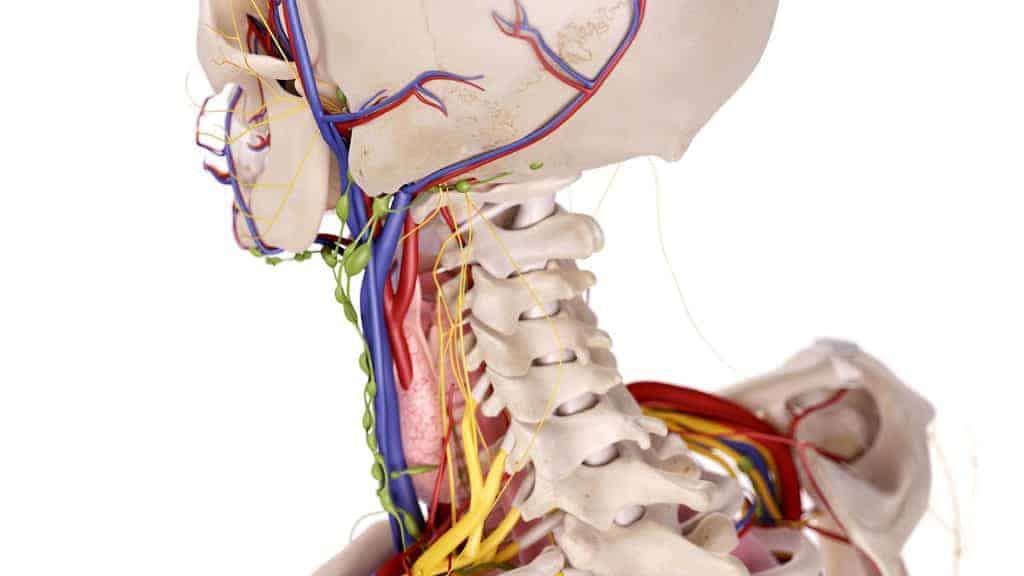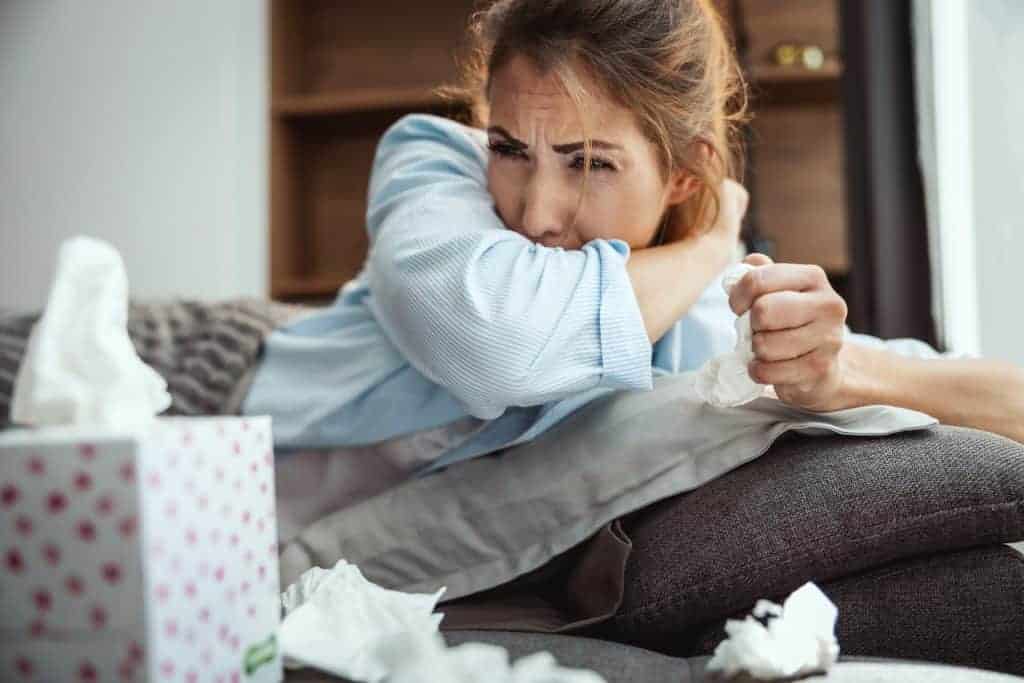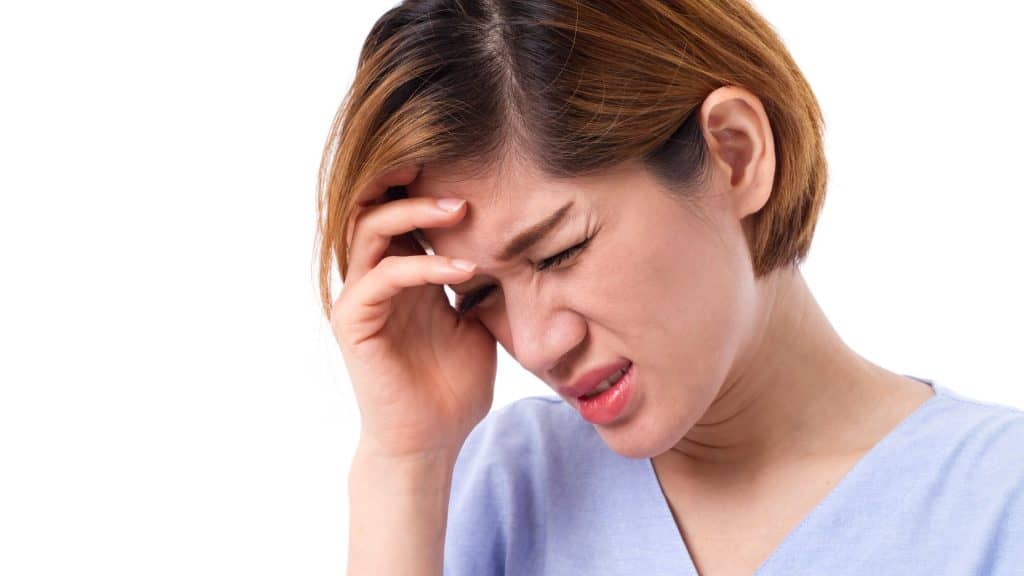Lesson 6-0: Introduction
Massage is still an emerging profession, and its public acceptance depends on therapists’ steadfast commitment to ethical standards and the law. Scroll through the slides below to find out what you’ll learn in this chapter. (Note: Topics in this chapter are closely related to Chapter 7 and Chapter 8.) Lesson 6-1: EthicsThis chapter investigates the […]
Lesson 6-0: Introduction Read More »








